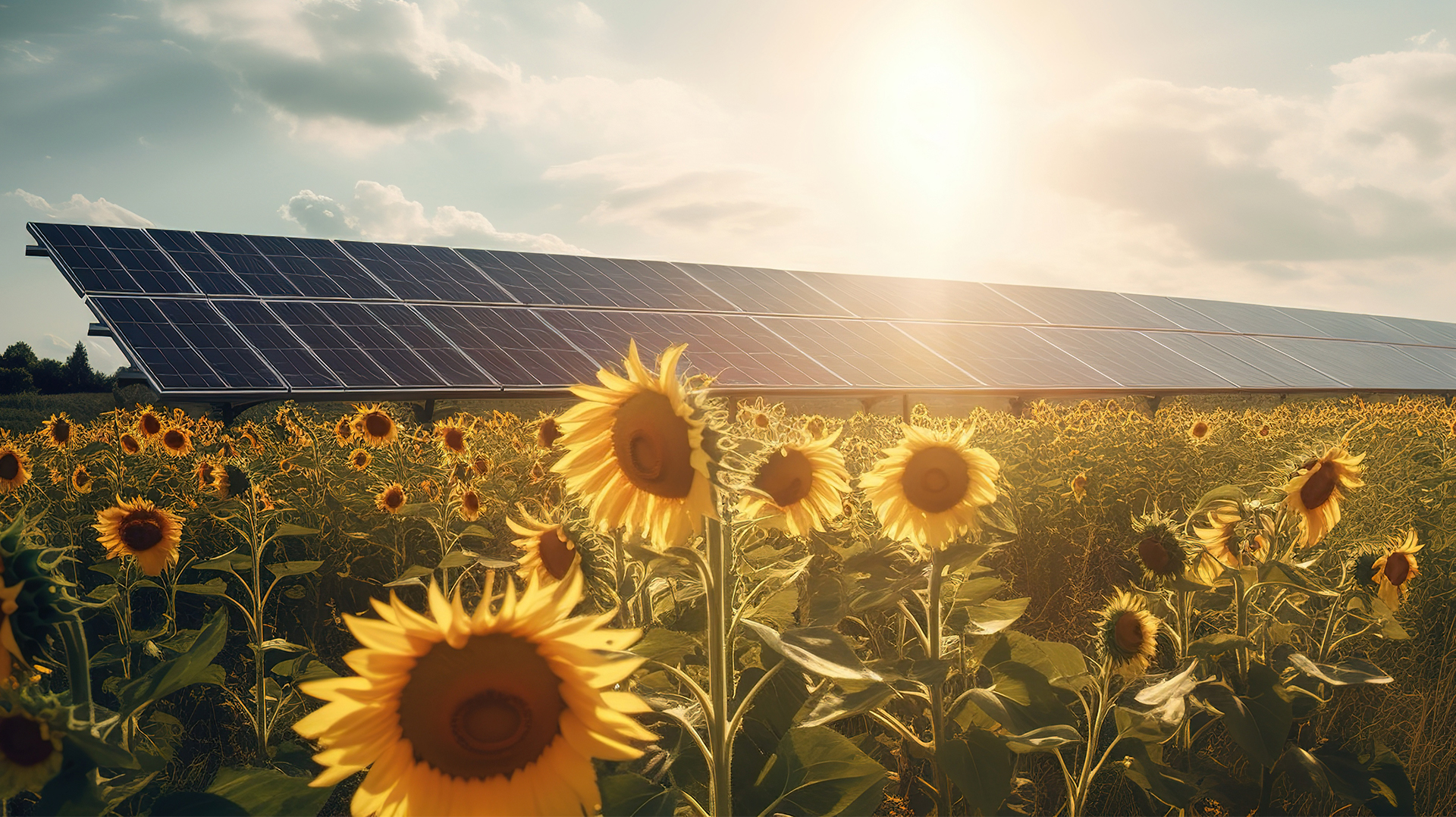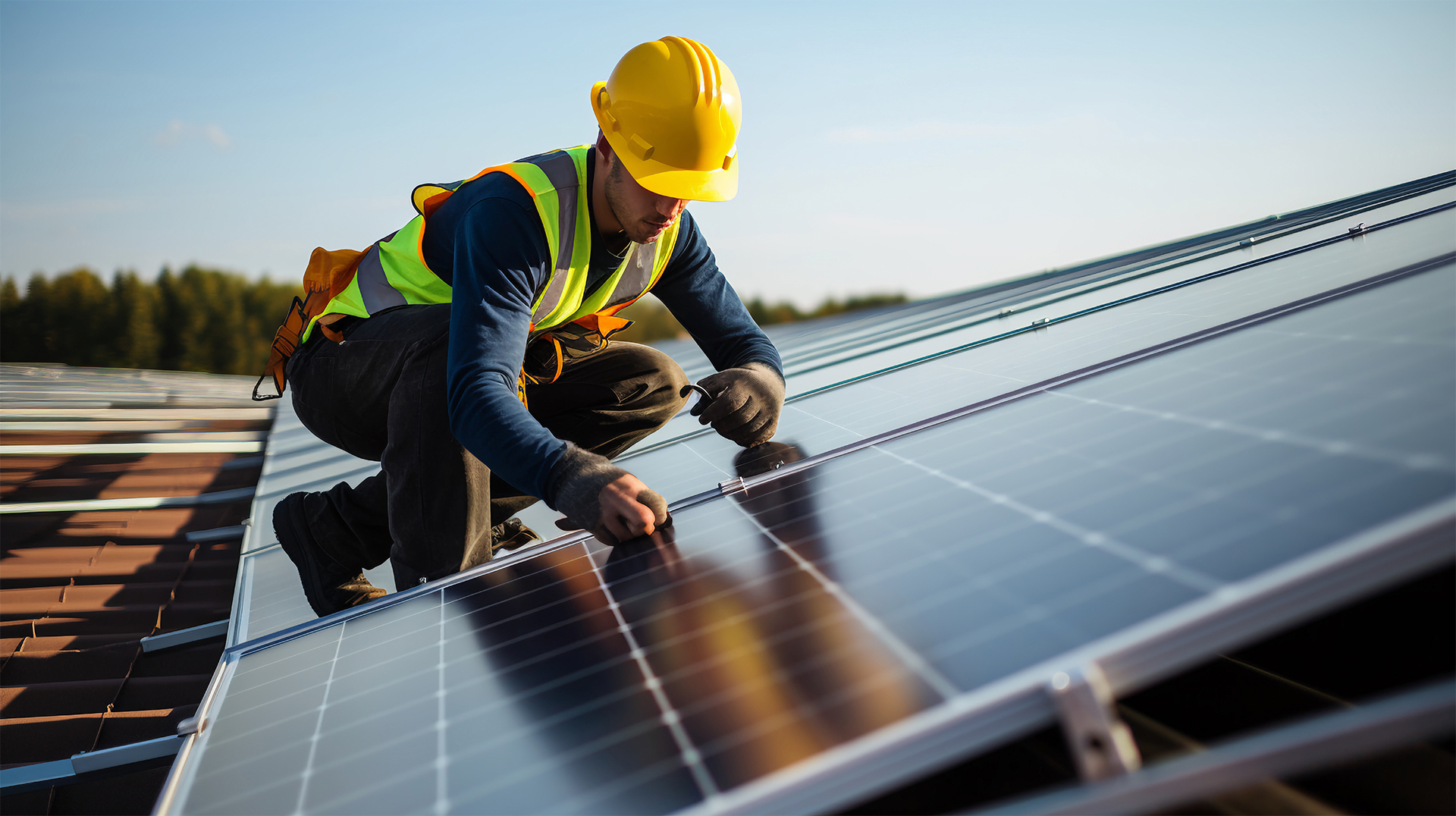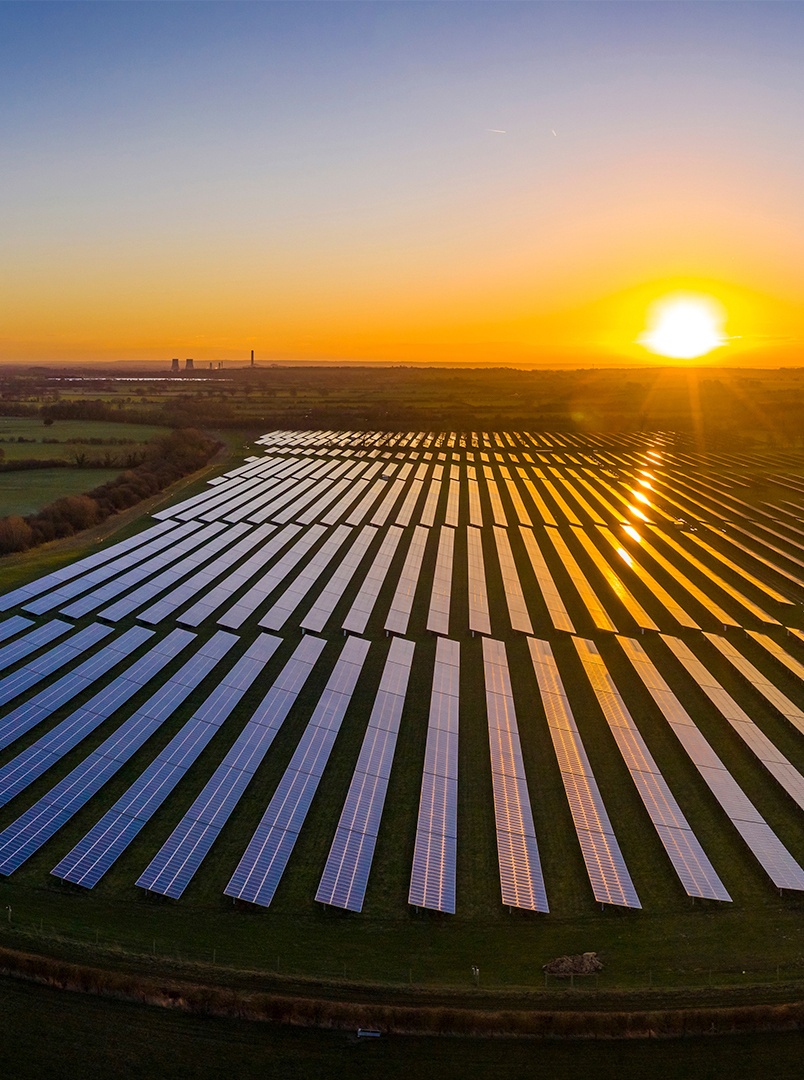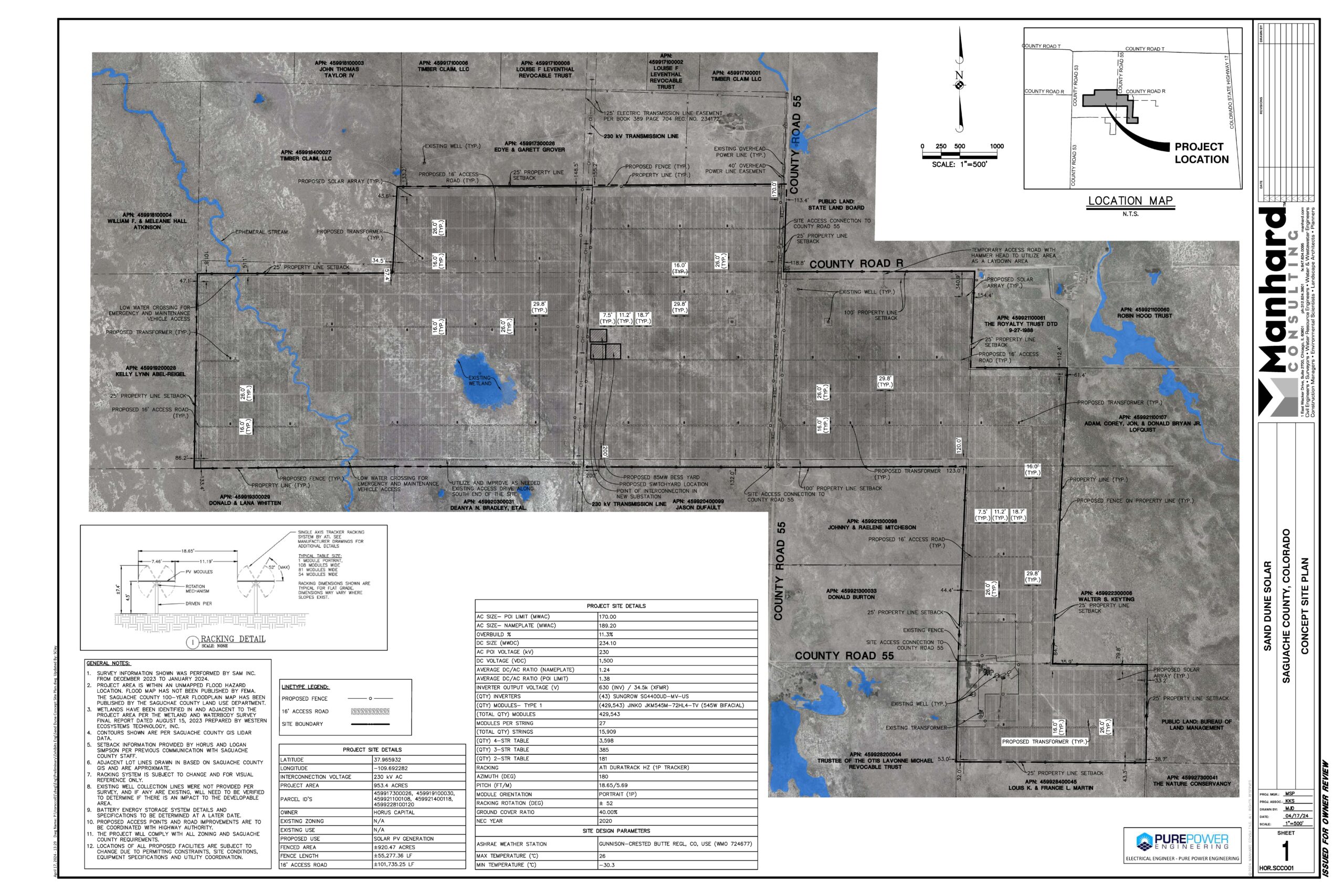Our Projects
.
Our projects will provide clean, abundant, and affordable energy to Colorado’s grid, supporting economic growth and welfare in the area.
Project Features
• Projects MWac: 170MWac
• Enough to power 34,000 homes
• Equivalent to 73,000 cars taken off the road
• Metric tonnes of CO2 saved per year 366,000
Good For Saguache County
.
The solar farms’ electricity will benefit rural communities and local industries through a power purchase agreement supporting rising local energy demands.
Project Benefits
• Increase in local tax revenue during the project life
• Job creation during construction
• Prioritising the use of local businesses
• Improvement to local infrastructure
• Home-grown energy to secure Colorado’s energy security
Land Stewardship Values
.
Horus is fully committed to responsible land management and stakeholder engagement.
Planned Environmental Enhancements
• Preservation of soils for future agriculture use
• Protection of endangered species
• Restoration of the local habitat by planting seed native grasses and flowers
• Promotion of pollinator habitat
• Reduction of hazardous driving conditions by creating a living fence
About Us
.
Sand Dune Solar is a 170MWac solar farm site on 1,000 acres of land located near Moffat, Saguache County.
The ground-mounted solar generation facilities will enable it to provide reliable, cost-effective, and clean energy to power the equivalent of 34,000 homes.
The co-located battery energy storage system will enable production to be delivered also at night time during peak hours.
The total investment in the facility is estimated to be $275 million. The project has completed field studies, environmental engineering and preliminary design is in progress.
Sand Dune is expected to execute an interconnection agreement with PSCo in 2026, with construction to begin that year and operations by mid-2028. The anticipated project life is 40-50 years.
Project Maps
Frequently Asked Questions
How much land is required for a solar farm?
A good rule of thumb is to allow five acres of land for every megawatt of solar power capacity. Horus may contract additional land to provide more flexibility for construction staging, site layout, and to account for non-developable areas on the landscape such as environmental features and to avoid existing infrastructure such as roads, wells, and residences.
Is the conversion of land to solar generation permanent?
No. At the end of the solar farm’s life, it will be decommissioned or repowered. If decommissioned, equipment such as the solar modules and racking could be recycled and salvaged. Solar installations use steel posts that are driven or screwed into the ground, but do not use concrete pilings. This means that the landowner can resume its operations onsite after the life of the approximately 40-50 year lifespan of the solar project.
What is the amount of land that would be taken out of agricultural production with the proposed project?
Within the project area, there is currently no land that is being irrigated.
During the life of the project, the land would be given a rest and preserved for future agriculture use. While the installation of a solar facility changes the land use of the property, the soil fertility is enhanced by planting grasses and other low-growth species beneath the panels, in turn, managing weed growth and reducing soil erosion. At the time of decommissioning, the land will be restored to its previous condition or intended future use.
Why farmland is being sought for the solar farm as opposed to brown fields where there is no detriment to the impact of the land?
Horus does encourage the development on brown field sites where it makes sense, but there are not enough of them next to good transmission systems to meet the growing demand for renewable energy in the country. This site was first selected based on the existing 230kV transmission line on site as well as the landowners’ desire to lease land for solar energy generation, and to preserve their land for long-term future uses.
How much water a solar farm consumes as opposed to other sources of energy?
When compared to other typical land uses in the Project area, the project demonstrates a responsible use of Saguache County’s limited water resources. Solar PV systems require minimal water use during operation for cleaning of the PV panels to maintain energy output. The exact cleaning schedule is a function of precipitation, dust, and other particulate settling on the panels. To minimize cleaning, the Project intends to treat neighbouring roads with GMCO CS products, a blend of liquid magnesium chloride and a complex sugar. The product is an environmentally friendly solution for gravel road stabilization and dust control. This will reduce water consumption related to cleaning during the operation period. In addition, the Project plans to establish large water collection tanks near the location of the BESS and substation. While fire is not a typical concern for PV and BESS systems, these water tanks may be utilized by the Saguache Fire District and will provide a key resource for protection against fires in the region, especially in times of drought.
What if the solar farm operator changes ownership or has insufficient assets to decommission or reclaim the solar farm?
If the solar farm changes ownership, the new operator will be subject to all of the obligations Horus is bound by. Horus will commit to the requirements set forth by Saguache County Code and that are part of the 1041 & USR permit approval. The project owner will be responsible for removing the electrical equipment, poles, piles, foundations and conduits, as well as access roads, fencing, groundcover, landscaping, and anything else installed as part of the project. As per the Decommissioning Plan established by the Saguache County Code, Horus must provide, a bond or letter of credit security in the amount sufficient to fund the decommissioning/reclamation costs. The property shall be restored to a condition reasonably similar to its condition prior to development of the major facility.
What is involved with day to day operations of the solar farm?
Solar farms are very passive in nature during the operations phase. The site will be visited periodically for operations and maintenance activities including regular operations site checks, vegetation maintenance, and environmental monitoring.
The site will be fenced for security and safety purposes and lighting will be placed at the main entrance gate and at key operational locations on the site. Security measures may also include CCTV, motion lights, anti-intrusion alarms, and dispatchable security guards.
What types of activities are expected during construction? How will dust be controlled?
Construction will include delivering equipment, site preparation, trenching the electrical collector system, and assembling and installing the solar modules and other electrical equipment. Horus will always try to minimize disruptions to a landowner’s surrounding operations. Dust palliatives, suppressant, or binders and water tankers will be used to help control dust while the construction activities are occurring on the site. During the construction of the facility, best management practices will be utilized to limit fugitive dust from being airborne and traveling beyond the property lines. Dust control efforts will be monitored by the site foreman on a regular basis to ensure fugitive dust is adequately controlled.
Do solar farms contain Hazardous Materials?
The primary materials in solar modules are glass, aluminum, silicone, copper, and trace semiconducting metals, which are all inert and don’t constitute hazardous materials or waste. There could be trace amounts of lead from soldering material, which is similar to televisions and cell phones. There is no risk of exposure of leakage and any amount contained in the modules is below the EPA limits.
How will vegetation and weeds be managed on the solar farm?
Periodic inspections of the project area during the beginning, middle, and end of the growing season will evaluate presence or absence, degree of invasion, and the response of previous treatments. Appropriate management actions will be implemented wherever noxious weed species are observed growing within the project area including identifying and managing noxious weeds, conducting pre-treatment and post-treatment evaluations, minimize the potential for transportation and importation of noxious weed species, educate field personnel in order to encourage compliance with weed management program goals and assist with identification and control efforts.
An Integrated Weed Management approach will be implemented for treatment of noxious weeds within the project area. An IWM approach enables selection of one or more weed management methods based on site specific environmental conditions and control needs. The following weed management methods will be considered for the project area: Cultural – planting native or desirable plant species for site colonization and promoting healthy vegetation communities in reclaimed areas; Mechanical – mowing, pulling, disking, and plowing may be used on weedy species for which these treatments are effective; Biological – introduction of insects or other biologic agents which are known to inhibit or prevent reproduction of noxious weed species; Chemical – application of appropriate herbicides by a licensed applicator (All herbicides will be applied in accordance with the manufacturer’s label and in accordance with Colorado laws).
Are Batteries safe?
The industry has been very focused over the last few years on fire safety and incorporating lessons learned from past events. As a result of these continuous design improvements, battery facilities are considered quite inherently safe. In the rare occurrence of a fire within a battery module, monitoring systems quickly detect and isolate the module from the rest of the system, preventing propagation within the facility. Horus will be working closely with the local fire department to update the existing Emergency Response Plan for the facility to include specific response plans for the battery facility to be submitted to the County.
Are there emissions from batteries?
Normal operation of the battery storage facility will not result in any emissions and will provide support for non-emitting renewable generation on the Saguache County electricity grid.
Are these batteries loud?
The noise from the batteries is expected to be minimal. Primary noise sources would be from the HVAC fans and the associated step-up transformers.
Who will use the clean power?
Homes and businesses closest to local substations typically benefit first from the local supply, as electricity is drawn toward the nearest outlets. The proposed battery storage would also improve reliability for the local transmission network. Electricity generated will tie into the existing local and regional electrical transmission network, which is owned by Tri-State, San Luis Valley Rural Electric Cooperative, and Xcel Energy. Each utility has their own procurement process for purchasing new clean energy sources.
Will my electrical bills go down as a result of this project?
Large-scale solar is one of the lowest cost new energy sources, and is far less than traditional non-renewable sources. But prices set by electric utilities, who purchase their power from generation sources like the Sand Dune Project, include many factors outside of Sand Dune’s control. Until utility providers retire more expensive alternatives and transition to renewable energy sources, it is hard to predict changes to your utility bill.
What about the wildlife impacts?
While the project is sited in land that avoids the most sensitive wildlife habitat in the area, Horus understands that mapping data used in early evaluation may not always represent the actual wildlife utilization of the land. Horus is working actively with Colorado Parks and Wildlife, U.S. Fish and Wildlife Service, The Nature Conservancy, project landowners, and a team of Colorado based wildlife biologists and ecologists to identify and evaluate potential impacts to wildlife and their habitat so that these impacts may be mitigated in project design.
Contact
Use the contact form below to get in touch with us.









